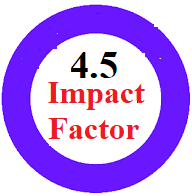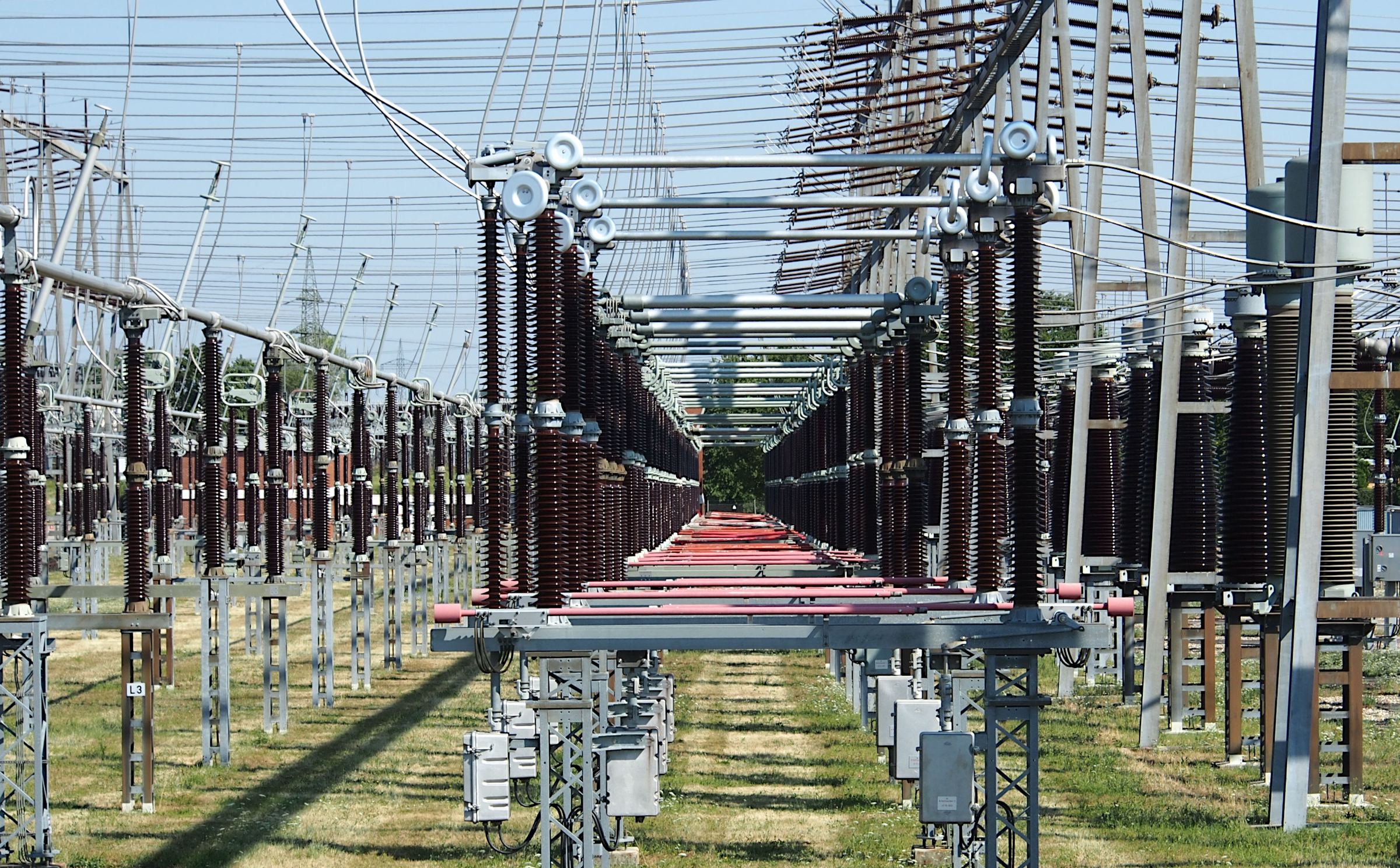MACHINE LEARNING APPROACHES FOR INTRUSION DETECTION IN INTERNET OF THINGS
Keywords:
Machine Learning, ML Approaches, Intrusion. Detection Systems, IOT, SecurityAbstract
The internet of things' rapid and continuous development has created significant security issues that require immediate attention, especially in light with the rising frequency and sophistication of cyberattacks on linked networks and devices. As the trend continues to grow, it has become more and more important to have real-time and effective intrusion detection to protect the IoT systems' core principles of privacy, integrity, and availability. With the ultimate objective of greatly increasing intrusion detection effectiveness, particularly in IoT-systems, this paper offers a thorough investigation of several machine learning methods. The overall thrust of this research is constructing and implementing lightweight machine learning models specifically designed to run effectively within the small computational resource’s characteristic of IoT devices. Further, the study explores a wide variety of feature selection methodologies for dimension reduction and optimization of overall model efficiency. In addition, the detection accuracy, scalability, and power efficiency of numerous categorization models, such decision trees, random forests, and light-weight neural networks are also looked at to see how well they operate. This research also finds the promising potential of federated learning as a highly innovative future trend that not only seeks to maintain data privacy but also seeks to improve and improve existing security protocols. Finally, the conclusions of this research demonstrate that machine learning offers a highly promising avenue for developing intelligent and adaptive intrusion detection-system in IoT networks.
















